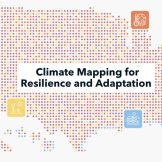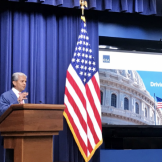Communities Can Find Climate Data, Funding Sources in New White House Portal
At the center of the new Climate Mapping for Resilience and Adaptation portal is a tool that features data relevant to making decisions and projections about climate conditions that can be searched by address to help communities adapt.









